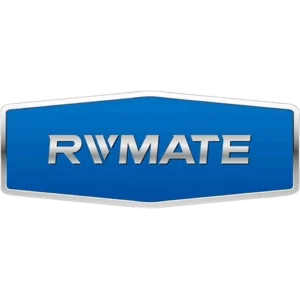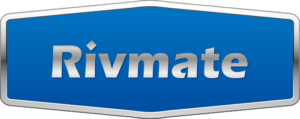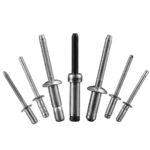Table of Contents
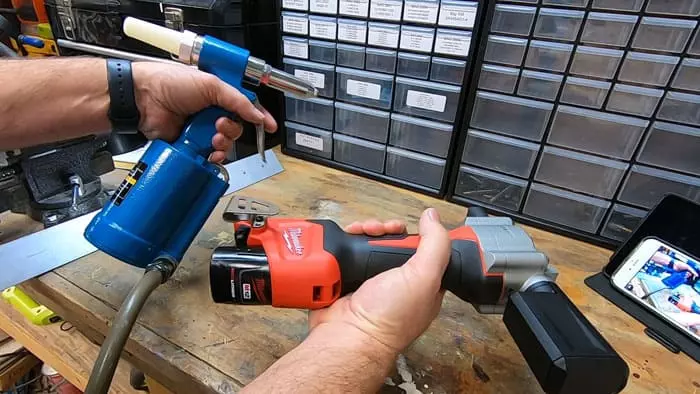
Rivet guns are the best choice for riveting rivets. Air hammers are suitable for a wide range of low precision applications. So what’s the difference between them? Let’s find out about rivet gun vs air hammer together.
Table of Contents
What Are Rivet Guns?
Rivet guns are the best tools for riveting rivets. There are three main types of rivet guns that can be used in daily riveting work: manual rivet guns, electric rivet guns and pneumatic rivet guns. Compared to other tools, the rivet gun can make the riveting effect strong and stable.
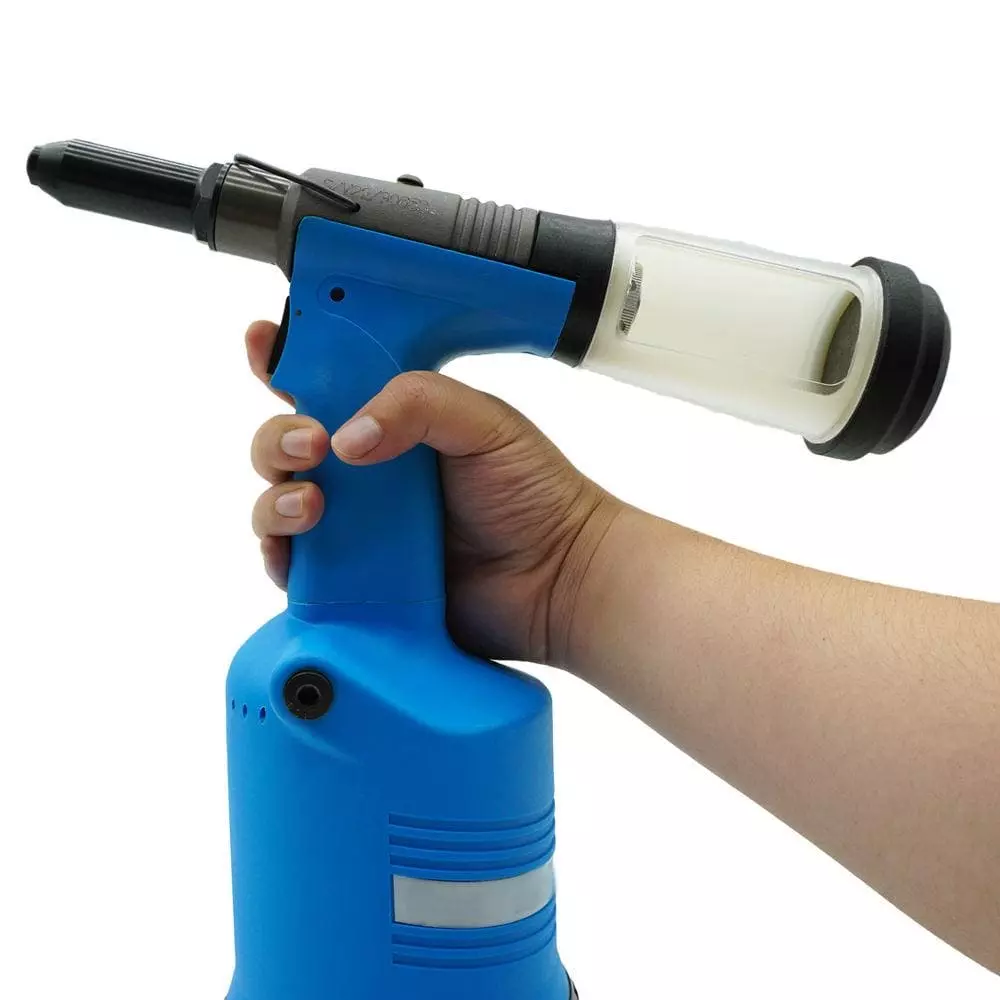
The right rivet gun can help you save a lot of installation time. In addition, a pneumatic rivet gun is more efficient and less tiring during assembly line installations.
Rivet guns are used wherever rivets are used. So there are a lot of scenarios where rivet guns are used. Whether it’s a DIY project, an outdoor project or a large-scale project, rivet guns are used. I have broadly categorized the rivet gun usage scenarios into the following three types:
- Small projects or DIY projects: you may just want to rivet a dozen rivets, then a manual rivet gun is perfect. Manual rivet guns are very lightweight and inexpensive and can be used in a variety of environments. However, there is no way to rivet high strength rivets with a manual rivet gun.
- For medium-sized projects or everyday use: electric rivet guns have two advantages, excellent portability and electric power. If you are an outdoor worker or need to rivet hundreds of rivets, then this rivet gun is perfect for you.
- Large projects or factory use: on the assembly line, often a project requires riveting a very large number of pultruded rivets, at this time, the use of manual rivet guns and electric rivet guns are not appropriate. Pneumatic rivet guns are perfect for industrial and large project use. It is very efficient and provides consistent installation results.
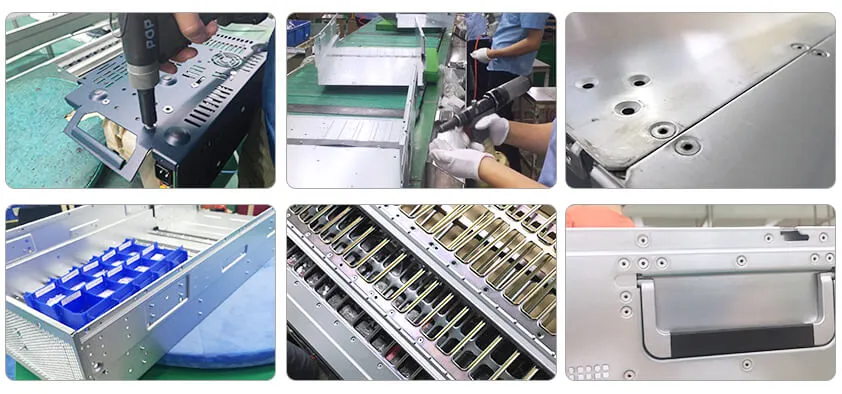
What Are Air Hammers?
An air hammer is a pneumatic tool that is powered by compressed air. Air hammers are commonly used for striking, chiseling, cutting and dismantling materials. Air hammers can sometimes be used to rivet rivets, although only solid rivets can be riveted. It can hold rivets in place with a powerful impact.
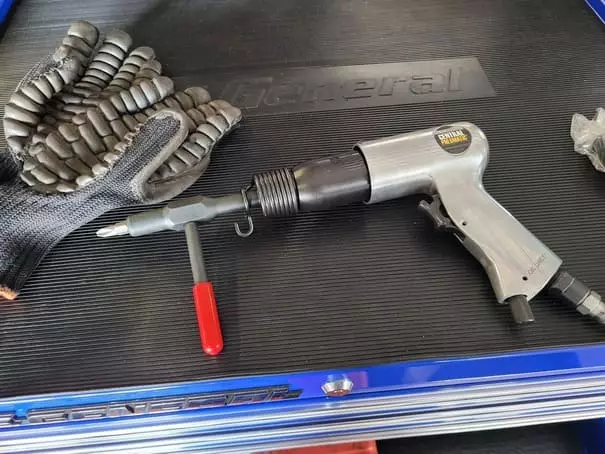
Applications of Air Hammers
Air hammers have four main functions:
- Cutting metal
- Chiseling and shoveling
- Removing and separating
- Riveting
Based on the function of air hammer, we can know the common applications of air hammer. Its typical application scenarios are as follows:
- Automobile repair: for cutting exhaust pipes, removing old parts, repairing metal bodies.
- Construction industry: for breaking concrete, removing walls or paving, chiseling old materials.
- Manufacturing industry: for metal processing, riveting and removing welding joints.
Pros and Cons of Rivet Guns
Rivet gun as a commonly used riveting tool, it itself is difficult to replace the advantages and some disadvantages. We need to have a deep understanding of it.
Pros of Rivet Guns
The reason why rivet guns are so popular is because they offer several advantages:
- Easy to maneuver: riveting can be done easily even in small or difficult spaces.
- High efficiency: ideal for applications that require high-frequency riveting, such as industrial assembly lines and automotive manufacturing.
- No need for high-temperature operation: the rivet gun mechanically fixes the rivets without the need for high-temperature operation like welding.
- Low maintenance costs: the structure of the rivet gun is relatively simple, low maintenance costs, only regular cleaning and replacement of consumables.

Cons of Rivet Guns
Of course, there are some drawbacks to rivet guns:
- Noise and vibration (especially with pneumatic rivet guns): pneumatic rivet guns generate a lot of noise and vibration when in use.
- Many types of tools and cost differences: there are many types of rivet guns such as manual, pneumatic, electric, etc. High-end electric or pneumatic rivet guns have high efficiency, but their initial acquisition cost is high for industrial applications, while manual rivet guns are inexpensive but less efficient.
- Regular Maintenance Required: Pneumatic and electric rivet guns, in particular, must be cleaned, lubricated and inspected on a regular basis.
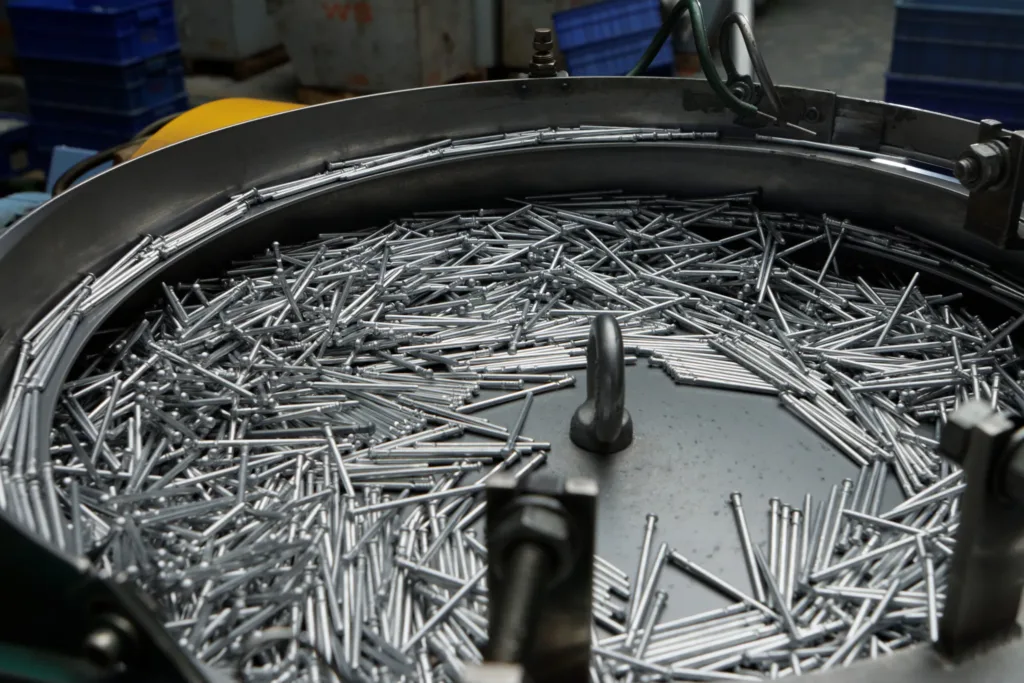
Contact Our Engineers Today
We provide you with high quality rivets, including customized services.
Pros and Cons of Air Hammers
Of course, air hammers also have unique advantages and disadvantages. Let’s take a look.
Pros of Air Hammers
The advantages of pneumatic hammers are as follows:
- Powerful strikes: especially suitable for jobs that require high-frequency impacts.
- Versatility: air hammers can be used for a variety of applications with different working heads (e.g. chisel shovels, knives, cutting heads, etc.).
- Suitable for heavy and high burden work
- High tool durability
- Relatively low cost
Cons of Air Hammers
Of course, air hammers have some drawbacks:
- Noisy: air hammers produce a large amount of noise when working.
- Strong vibrations may cause hand fatigue for the operator
- Regular maintenance
- Suitable for shoddy work behavior
- Air hose limits range of motion
Rivet Gun vs Air Hammer: What's the Difference?
| Feature | Rivet Guns | Air Hammers |
| Primary Use | Specifically used for installing rivets by pulling the rivet pin | Used for striking, cutting, chiseling, or breaking tasks |
| Operating Principle | Uses air pressure to pull the rivet, deforming its tail to secure | Uses compressed air to drive a piston for quick impact force |
| Suitable Tasks | Riveting metal sheets, planes, cars, etc. | Removing metal, concrete, cutting bolts or rivet heads |
| Operation Style | Precision fastening, typically used for accurate long-term installation | Rough operation, suitable for high-impact tasks with frequent tool changes |
| Control Precision | High precision, can control pressure and force, suitable for fine work | Low precision, relies on impact force, used for heavy-duty tasks |
| Impact Force | Relatively low impact, designed for pulling and securing rivets | Strong impact, suitable for breaking, cutting, chiseling |
| Noise Level | Relatively low, especially in precise riveting operations | High noise, particularly in heavy striking tasks |
| Common Applications | Aircraft manufacturing, automotive repair, shipbuilding | Building demolition, automotive repair, workshop maintenance |
| Tool Head | Rivet gun head for gripping and pulling the rivet | Different chisel, cutting, or hammer heads for various tasks |
1. Rivet Gun vs Air Hammer: Primary Use
Rivet Guns: Can only be used to install blind rivets quickly and consistently into materials.
Air Hammer: can be used for striking or dismantling, widely used for cutting, breaking materials. It can also be used for chiseling operations.
2. Rivet Gun vs Air Hammer: Application
Rivet Guns: Rivet guns are suitable for joining any form of sheet metal. Often used in industrial environments such as aircraft manufacturing, automotive manufacturing, and more.
Air Hammers: Air hammers are often used to remove metal or concrete, cut bolts or rivet heads.
3. Rivet Gun vs Air Hammer: Control Accuracy
Rivet Guns: Rivet guns are used to connect a small blind rivet, which is very high precision. The applied pressure and tension can be controlled and it is suitable for fine work.
Air Hammer: Air hammers are used with low precision. It is mainly used for dismantling or cutting by striking force.
4. Rivet Gun vs Air Hammer: Noise
Pneumatic tool’s all have the problem of noise, though the amount of noise varies.
Rivet guns: Compared to air hammers, rivet guns are relatively low noise. There is no need to do special protection in the use of the process.
Air hammer: the noise of air hammer is very big. In some heavy-duty striking jobs, air hammers can be quite noisy. It is advisable for the operator to wear protection.

Contact Our Engineers Today
We provide you with high quality rivets, including customized services.
Conclusion
Rivet guns and air hammers are both types of pneumatic tools that allow you to save a lot of effort. However, they are used in different directions, with the rivet gun being more suitable for carrying out high-precision work and the air hammer for heavy-duty work.
However, when it comes to the installation of blind rivets, the rivet gun is more suitable. Air hammers are only suitable for attaching solid rivets. Use the top pop rivet gun manufacturer‘s pneumatic rivet guns for quick installation of your project.
Get Air Rivet Guns for Your Projects from Rivmate
Pneumatic tools offer an efficient way to save on labor.Rivmate offers high quality pneumatic rivet guns and other types of rivet installation tools. In addition to this, you can also explore riveting solutions at Rivmate. request a quote to get the best riveting tool solution for your project and start making connections with high precision.
